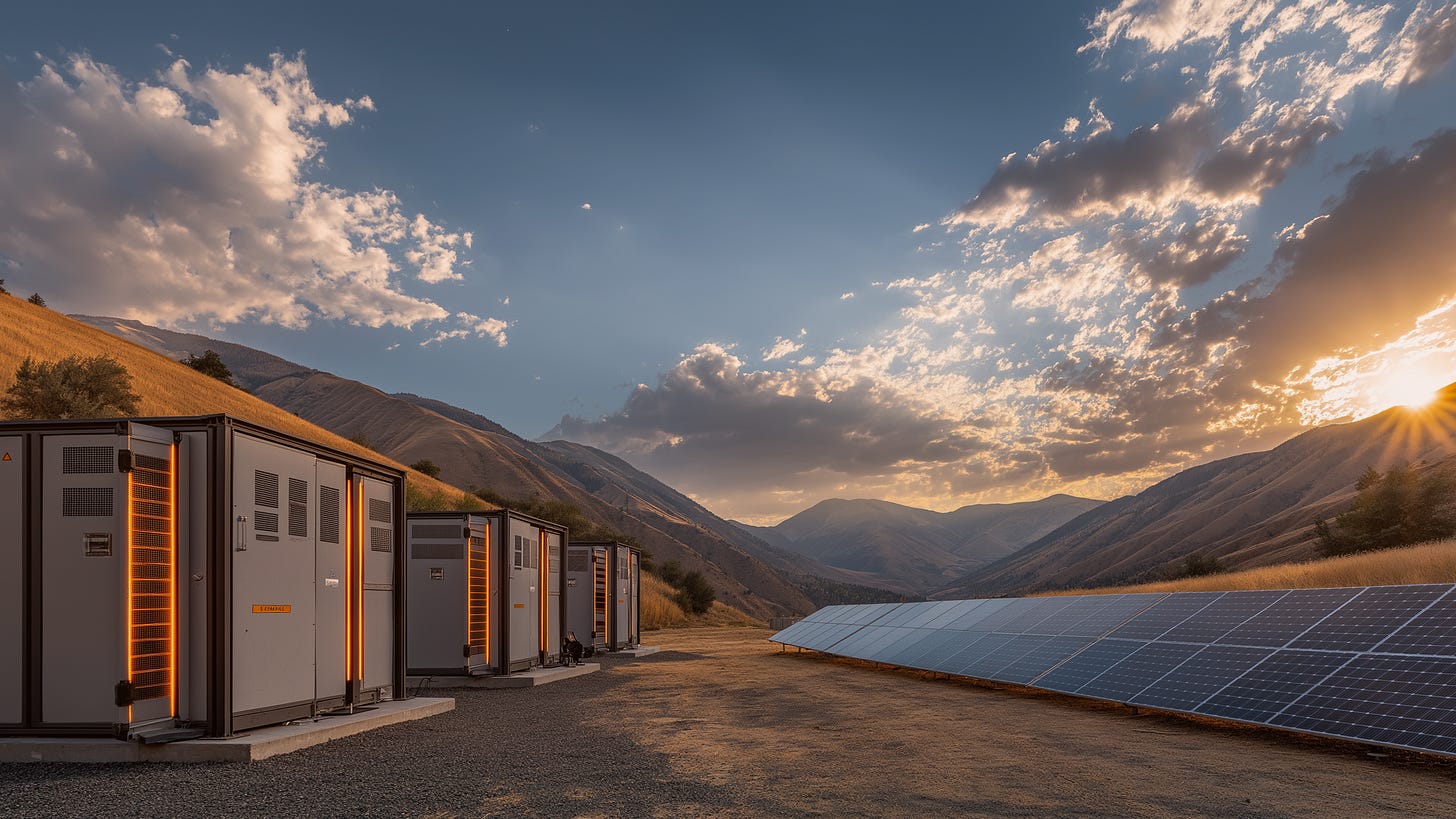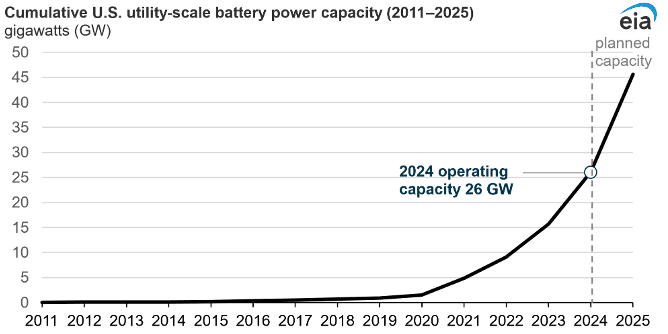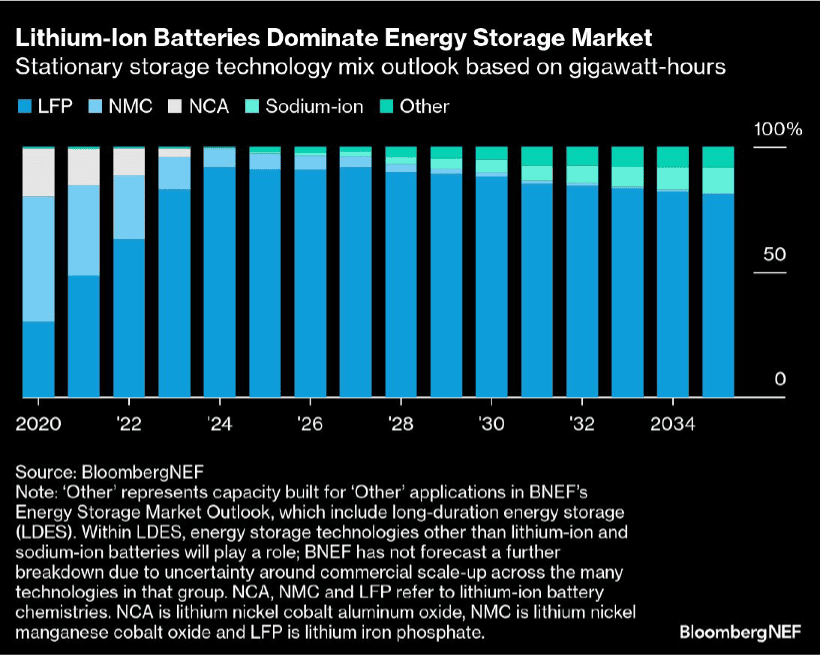Storage on the Grid: Improving Availability and Resilience
One of the areas that The Fusion Report has covered from time to time is grid-scale energy storage. You might ask why a website called “The Fusion Report” is concerned about grid-scale energy storage, a topic generally associated with renewable energy. The primary reason is that for renewables to be a credible alternative to fusion energy, they need to be dispatchable; i.e., the power is available 24/7/365, and can be turned up or down arbitrarily to the capacity of the energy source.
Storage Capacity Ramping Up, Even in Residential Settings
Sunrun, the leading U.S. home solar installer, stated that their storage connection rate on new systems hit an all-time high of 70%, according to their second quarter 2025 report. This represents a significant growth over the Q2 2024 period attach rate, which was 54%. The total battery power in what is known as “virtual power plants” (home-to-grid capable storage) under Sunrun management is now 650 megawatts across 130,000 homes. While this is roughly a quarter of the grid-scale storage capacity (as of Q1 2024), it has the advantage that it is more distributed than grid-scale storage is. Additionally, the continuing reduction in battery prices over time, and the increased rate of grid power outages, are making home-based storage more attractive.
Grid Capacity is Ramping Up Even Faster Than Home Storage
In 2024, the grid added 12.3 GW of storage capacity, which increased the total grid-scale capacity to 26 GW. This nearly doubled the total grid-scale storage capacity in the U.S., but even with this, the capacity of the storage is only roughly 2% of the total 1,230 GW of utility-scale generation capacity in the U.S.
On the positive side, it is estimated that an additional 19.6 GW will be added in 2025, increasing the total grid-scale battery storage in the U.S. to 45.6 GW, which will be roughly 3.7% of the total power generation capacity in the U.S.. This is expected to grow to over 65GW by the end of 2026. And by 2030, this capacity is projected to reach 150 GW (roughly 10% of the total U.S. generation capacity). This capacity increase will be led by the California ISO and Texas’s ERCOT, both of which are expected to exceed 40GW in grid-scale storage capacity. The leading contra-indicator in the U.S. battery storage market is the Trump 2.0 tariffs, which have significantly increased the cost of battery storage projects in the U.S.
How Is Energy Storage Doing on a Global Scale?
From a global perspective, China has deployed significant amounts of grid-scale battery storage, and Saudi Arabia, South Africa, Australia, Netherlands Chile, Canada, and the UK have also deployed gigawatt-hour utility grid-scale storage infrastructure, with China leading the way according to Bloomberg NEF. In general, China still leads the world in the production of batteries for energy storage systems, where it enjoys the benefit of all the lithium-ion (Li-ion) batteries that it produces for electric vehicles (EVs). However, the EV and energy storage markets are expected to diverge in the near-term, as EV battery makers focus on nickel-based battery chemistries that offer higher energy density.
The Long-Term Outlook for Grid-Scale Energy Storage
In spite of the negative impacts the Trump 2.0 tariffs are currently having on energy storage in the , no one expects that this market will shrink. From a pragmatic perspective, grid-scale energy storage solutions offer an easy way to increase the resiliency and reliability of grid infrastructure. This is particularly attractive considering the current difficulties around procuring large transformers and similar grid infrastructure gear. Additionally, grid-scale energy storage provides the ability to smooth out demand at a much more micro-scale, potentially reducing or pushing out the need for new power transmission lines, which tend to be very expensive. Finally, the continued drop in battery prices will only continue to make grid-scale energy storage attractive, not only to extend grid life, but also to minimize the impact of grid outages.





